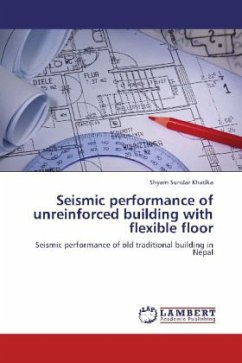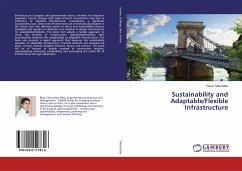Un-reinforced brick masonry (URM) has been the popular mode of the construction from centuries in Nepal. Past earthquake in Nepal had shown evidence of large damages in URM building. In the mid of the 19th century, during the Rana regime, the big palaces were constructed by un-reinforced brick masonry with timber floor. These building were constructed without seismic consideration and for the residence use only. Today, most of these buildings are used by the different Governmental and non-governmental offices in their daily use. Since, many of theses buildings are over 100 years and possess the heritage value. Preservation of these buildings from future earthquake is very essential for their future use and also preserve to coming generation.Before analyzing the actual buildings, a fictitious building having a simple plane of 6 m by 3 m is studied in detail, in order to reflect the characteristic of the URM structure.
Bitte wählen Sie Ihr Anliegen aus.
Rechnungen
Retourenschein anfordern
Bestellstatus
Storno








